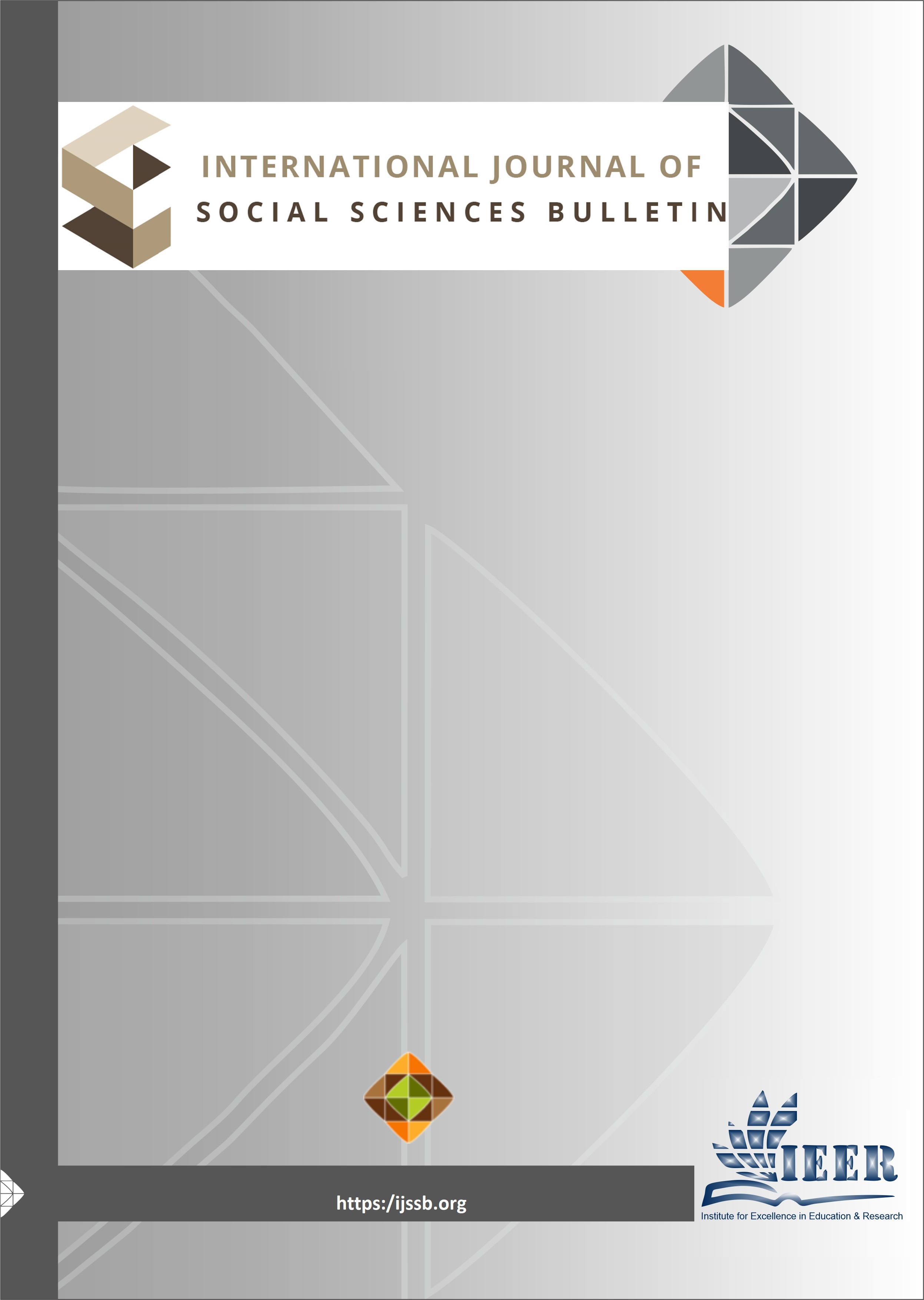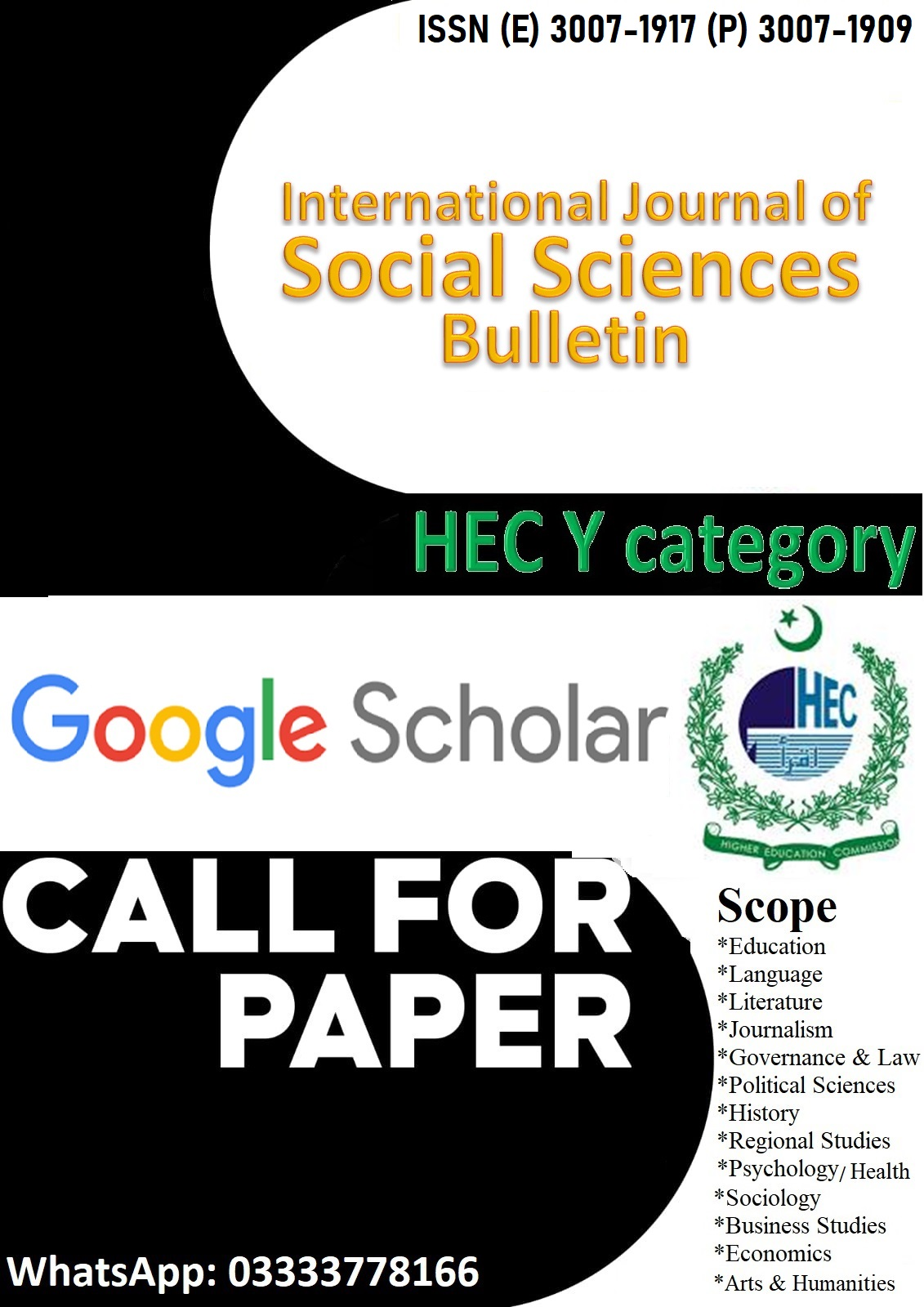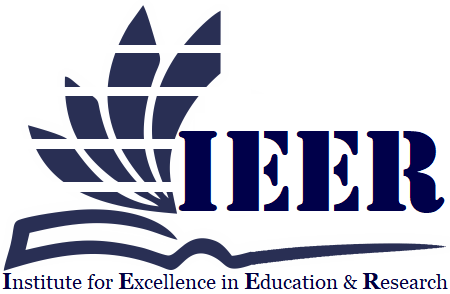BRIDGING GENERATIONS AND RETAINING UNIVERSITY ENROLLMENTS: INTEGRATING AI IN ELT FOR GEN Z AND UNDERPRIVILEGED REGIONS
Keywords:
Artificial Intelligence, ELT, Gen Z, Underprivileged Regions, AI Literacy, TPACK Framework, Skills Gap, Inclusive Education PolicyAbstract
The integration of Artificial Intelligence in English Language Teaching has become a critical issue in today’s evolving educational environment, especially in underprivileged regions with limited technological infrastructure. This qualitative study, grounded in the Technological Pedagogical Content Knowledge (TPACK) framework by Mishra and Koehler (2006), examines the perspectives of ELT practitioners and university students from Central Punjab, Pakistan, on incorporating AI to meet the academic needs of Gen Z learners. The study focused on students enrolled in BS English and M.Phil/MS English programs, as well as ELT practitioners and faculty members from both public and private universities in the region. Participants were selected through purposive sampling based on their exposure to AI tools and their affiliation with resource-limited institutions. Data were collected through semi-structured interviews and focus group discussions. The findings suggest that while AI tools can support language teaching and alleviate instructional burdens, an over-reliance on these technologies may undermine essential human competencies such as creativity, leadership, and critical thinking. As highlighted by Khan (2024), the growing dependence on AI tools in English studies may unintentionally diminish learners’ capacity for independent thinking, creativity, and critical engagement. Although these tools can improve productivity, they should be used to support, not substitute, the development of intellectual autonomy and original thought. Notably, the study emphasizes that not all Gen Z learners are digitally literate, particularly those from marginalized or rural areas with limited access to technology. The research stresses the importance of AI literacy training before AI tools are integrated into classrooms to ensure responsible and ethical use. Moreover, the study highlighted the ongoing decline in university enrollments across various disciplines, particularly in science and humanities fields like physics, chemistry, biology, and mathematics. While English programs have also experienced some decline, they have not faced the same severe reductions as these other disciplines. This trend may be attributed to the broader skills gap between graduates and market demands, especially in the fields of soft skills and digital competencies. Graduates are increasingly expected to possess skills like problem-solving, communication, and technological proficiency, yet many universities have been slow to adapt curricula to meet these needs. The study suggests the introduction of market-driven courses such as Artificial Intelligence (AI), Search Engine Optimization (SEO), and digital marketing into both BS and MS/M.Phil English programs. By aligning academic offerings with contemporary market needs, such a curriculum revision could not only help sustain current enrollment figures but also attract more students to these programs. In conclusion, while AI should complement, rather than replace, human-led education, the study advocates for timely curriculum reforms to ensure that educational policies are culturally relevant, inclusive, and responsive to diverse learner needs. These changes are essential not only in retaining enrollments but also in addressing the growing demand for digital competencies among students. Although the study is based in Pakistan, the findings are applicable to other regions with similar technological and infrastructural challenges.
Downloads
Published
Issue
Section
License

This work is licensed under a Creative Commons Attribution-NonCommercial-NoDerivatives 4.0 International License.

















